If you read my bio, you know I’m a designer. During my lacrosse deep-freeze, that’s what I did, and that’s what I taught. When you work with as many designs as I have, you learn to look at stuff and know right away that they will work well — or not so well. The first time I saw a pic of today’s goalies holding their modern sticks with rounded plastic heads, I knew that the sticks would work much better than the sticks I used.
Try judging design this way yourself, by sight alone. In the picture, check out the plastic goalie head on the left. It’s a museum piece, sort of like me. It’s a first generation Brine plastic head, vintage 1972. Note the Starsky & Hutch red and blue racing stripes; even if I hadn’t let go on the date, that design element alone would have dated the stick within a couple of years. You just know the newer head, a Warrior “Nemesis”, is going to function better, don’t you?

The old Brine is about four inches longer, and though at a glance it’s total catching area is equivalent, it’s pocket is noticeably smaller. More importantly, the wide ovoid or egg-shaped contour of today’s sticks puts the goalie’s hand right near where the catching area is greatest; the old Brine, by contrast, is narrowest where the goalie’s control hand grasps the stick. Too, the Brine weighs 1.75 pounds against 1 pound for the “Nemesis”, fully strung. The weight differential is probably due to the less efficient use of plastic than in the modern head combined with the leather and rawhide used in its netting.
Wooden sticks had that sharp triangular shape because that’s how the hickory naturally bent and the gut wall attached the head’s crook back to the shaft to suspend the netting. Plastic sticks don’t have to have that shape. Molded plastic offered the designers at Brine immense freedom to find a perfect form for a goalie head, but they largely ignored what their new material could do. In sum, the old stick’s clumsy shape is due to Brine using its new plastic material to mimic the shape of the wooden sticks it would replace.
Speaking of wooden sticks, the inconsistencies inherent in traditional hand construction were generally amplified the wider the head of the stick, so goalie sticks had the greatest chance of rampant suckage. The school’s goalie stick I used was, in fact, horribly balanced. It was good enough for stopping shots, but was really lousy for throwing the ball. The “new” plastic goalie stick I used my final year, the old Brine pictured, represented a big improvement. Although heavier than the wooden stick (!?!), the plastic material allowed for a very regular — thus balanced — shape, which allowed me to cradle more efficiently and to throw twice the distance at three times the accuracy. I don’t have a shaft yet for the “Nemesis”, so I can’t compare it precisely, but the one modern goalie stick I’ve thrown with was a huge improvement again over the first-generation plastic Brine.
Incidentally, yes, I realize this is the second Warrior product in a row that I’ve written about, but that’s just a coincidence. I’m not on their payroll. Sigh.
Frozen in a freak accident called life, Mark Bocek was only recently thawed. Upon his resuscitation, he discovered that the game of lacrosse had changed in a multitude of ways. Back when men were men and sticks were wood, Bocek was a four-year starter in goal for Bishop Dagwell Hall, now Oregon Episcopal School, in Portland Oregon. Mark came around enough to help coach the 7-8s for North Seattle Lacrosse and to initiate a column called “The Gut Wall” for Emerald Lax. In the big picture, Bocek is a partner at Dreamhand Design Studios, a firm specializing in Web and print design and implementation. While frozen, he served for many years on the faculty of the Art Institute of Seattle, earned a bachelor’s degree from Reed College and an M.A. from the University of California at Berkeley.
